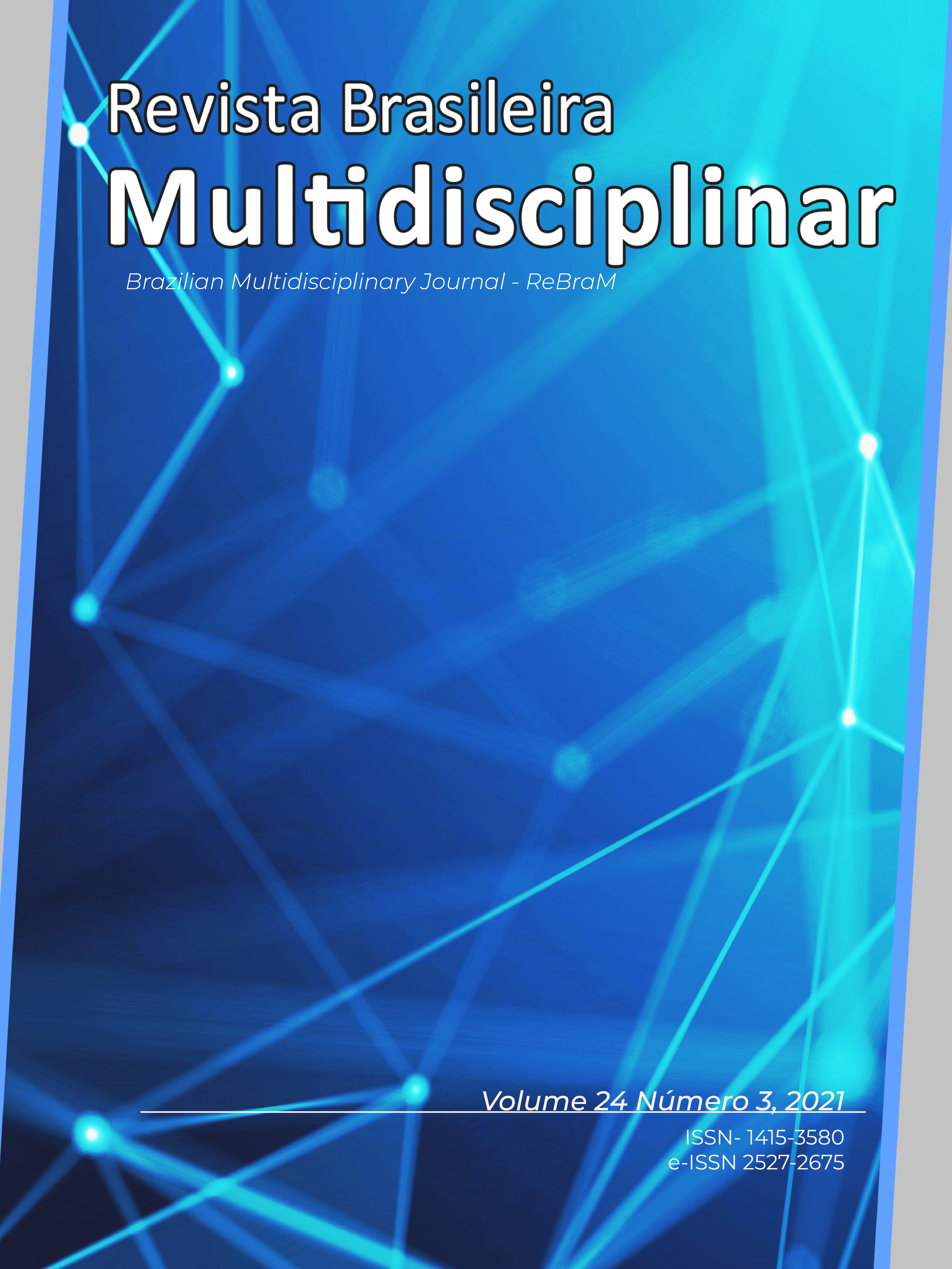Weed control assessed visually and by aerial images
Main Article Content
Abstract
The employment of remotely piloted aircraft (RPA) for obtaining images in the field has grown and can assist the of management of weeds, however, the software for analysis and processing of images need to be tested under different conditions for the development of routines and validation of results. Therefore, the objective of this work was to correlate the results of the methodology of visual assessment (using scale of notes) with the results of the processing of aerial images with the software SisCob® and ImageJ® for the analysis of the occurrence and effectiveness of weed control. The comparisons were made in ten areas with different levels of weed infestation. A fallow area with four months has been submitted to the different treatments of chemical control with glyphosate herbicide, including a control without application, varying application rate (50, 90 and 150 L ha-1), the addition of adjuvant and presence of electrostatic spray. After 35 days of herbicide application, each area was assessed visually, and, in parallel, the area was overflied done the overflying the area with a RPA for image collection and subsequent digital processing, using both softwares for quantification in percentage of the control with the herbicide. All tested correlations (Pearson, Spearman and Kendall) were significant and positive, indicating that the use of RPA for image collection and their processing by means of the software demonstrated potential as an alternative for the evaluation of weed control, which may replace the visual assessment with operator in the field, avoiding the subjectivity and slowness in the evaluations.
Downloads
Article Details

This work is licensed under a Creative Commons Attribution-NoDerivatives 4.0 International License.
• The author (s) warrant that the contribution is original and unpublished and that it is not in the process of being evaluated in other journal (s);
• The journal is not responsible for the opinions, ideas and concepts issued in the texts, as they are the sole responsibility of the author (s);
• Publishers have the right to make textual adjustments and to adapt the article to the rules of publication.
Authors retain the copyright and grant the journal the right of first publication, with the work simultaneously licensed under the Creative Commons Attribution License, which allows the sharing of work with acknowledgment of authorship and initial publication in this journal.
Authors are authorized to take additional contracts separately, for non-exclusive distribution of the version of the work published in this journal (eg publish in institutional repository or as book chapter), with acknowledgment of authorship and initial publication in this journal.
Authors are allowed and encouraged to publish and distribute their work online (eg in institutional repositories or on their personal page) at any point before or during the editorial process, as this can generate productive changes as well as increase the impact and citation of the published work (See The Effect of Free Access) at http://opcit.eprints.org/oacitation-biblio.html
References
ANDERSEN, H. J.; RENG, L.; KIRK, K. Geometric plant properties by relaxed stereo vision using simulated annealing. Computers and Eletronics in Agriculture, v. 49, n. 2, p. 219-232, 2005.
ASOCIACIÓN LATINOAMERICANA DE MALEZAS – ALAM. Recomendaciones sobre unificación de los sistemas de evaluación en ensayos de control de malezas. ALAM, v. 1, n. 1, p. 35-38, 1974.
BALASTREIRE, L. A.; BAIO, F. H. R. Avaliação de uma metodologia pratica para o mapeamento de plantas daninhas. Revista Brasileira Engenharia Agrícola Ambiental, v. 5, n. 2, p. 349-352, 2001.
DEVORE, J. L. Probabilidade e estatística: para engenharia e ciências. São Paulo: Thomson Pioneira, 2006. 706 p.
FIGUEIREDO FILHO, D. B.; SILVA JÚNIOR, J. A. Desvendando os mistérios do coeficiente de correlação de Pearson (r). Revista Política Hoje, v. 18, n. 1, p. 115-146, 2009.
JORGE, L. A. C.; CRESTANA, S. Processamento de imagens em ciência do solo: raízes, morfologia e cobertura do solo. In: MARTIN NETO, L.; VAZ, C. M. P.; CREST ANA, S. (Ed.). Instrumentação avançada em ciência do solo. São Carlos: Embrapa Instrumental, 2007. p. 341-438.
JORGE, L. A. C.; SILVA, D. J. C. B. SisCob: manual de utilização. São Carlos: EMBRAPA Instrumentação Agropecuária, 2009. 18 p.
KENDALL, M. G. A new measure of rank correlation. Biometrika, v. 30, n. 1-2, p. 81-89, 1938.
KENDALL, M. G. Rank correlation methods. 4 ed. Londres: Griffin, 1970. 51 p.
KOPPEN, W.; GEIGER, R. Klimate der Erde. Gotha: Verlag Justus Perthes, wall-map: 1,5 m x 2 m, 1928.
MORAN, M. S. New imaging sensor technologies suitable for agriculture management. Aspects of Applied Biology, v. 60, p. 1-10, 2000.
PÉREZ-ORTIZ, M.; PEÑA J. M.; GUTIÉRREZ P. A.; TORRES-SÁNCHEZ, J.; HERVÁS-MARTÍNEZ C.; LÓPEZ-GRANADOS F. A weed monitoring system using UAV-imagery and the hough transform. In: CONGRESO DE LA SOCIEDAD ESPAÑOLA DE MALHERBOLOGÍA, 15., 2015, Sevilla. Anais… Sevilla: CAPDR, 2015. p. 7.
PEARSON, K. The grammar of science. Londres: Walter Scott, 1892. 493 p.
RASBAND, W. S. ImageJ. Bethesda, Maryland: U. S. National Institutes of Health, 2011. Disponível em: https://imagej.nih.gov/ij. Acesso em: 25 maio 2020.
SCHNEIDER, C. A.; RASBAND, W. S.; ELICEIRI, K. W. NIH Image to ImageJ: 25 years of image analysis. Nature Methods, v. 9, n. 7, p. 671-675, 2012.
SIEGEL, S. Estatística não-paramétrica: para as ciências do comportamento. São Paulo: McGraw-Hill do Brasil, 1975. p. 350.
SPEARMAN, C. General intelligence, objectively determined and measured. American Journal of Psychology, v. 15, p. 201-293, 1904.
SPSS Inc. SPSS statistics for Windows, version 20.0. Chicago: SPSS Inc., 2011.





